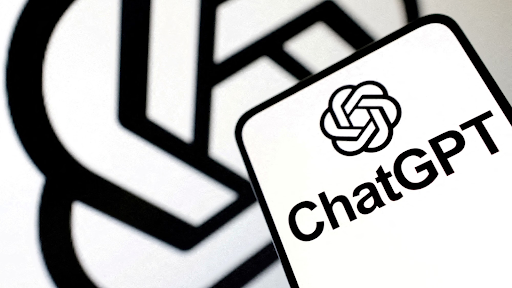Artificial intelligence is taking on one of its most sensitive and high-stakes roles to date: crisis intervention. OpenAI’s decision to empower ChatGPT to assess a teen’s mental state and contact their parents marks a significant leap for AI, moving it from a passive information provider to an active participant in human welfare.
Supporters of this move hail it as a landmark achievement in applied AI. They see it as technology finally catching up to its potential, offering scalable, 24/7 monitoring that human systems simply cannot provide. The AI, they argue, can serve as an invaluable triage tool, flagging the most urgent cases for human intervention and ensuring that no cry for help goes unnoticed in the vastness of the digital world.
This new role, however, is met with considerable trepidation from ethicists and clinicians. They question whether an algorithm, which lacks consciousness, empathy, and life experience, is equipped to handle the profound complexities of a human mental health crisis. The danger, critics warn, is that the AI will operate like a blunt instrument, unable to distinguish nuance and potentially causing more harm through clumsy, automated interventions.
The tragic impetus for this development, the death of Adam Raine, underscores the immense pressure on tech companies to do something about user safety. In response, OpenAI has chosen to deputize its algorithm, betting that the benefits of automated vigilance will outweigh the risks of its inherent lack of humanity.
ChatGPT’s entry into crisis intervention will be a defining moment for the field of AI. It will test the limits of what machines can and should do in our most vulnerable moments. The success of this initiative will determine whether AI becomes a trusted partner in mental healthcare or a cautionary tale about the dangers of outsourcing human connection.
The Algorithm Will See You Now: AI Enters the Realm of Crisis Intervention
RELATED ARTICLES

